Tabla de Contenidos
To guarantee safety in the laboratories, signs are placed indicating the risk associated with the presence of materials, equipment, substances and any situation that may involve harm to people or the facility. The following are the most common safety signs that can be found in laboratories. The images are in the public domain, so they can be used without restrictions, or adapted as needed.
1. Eyewash device
In an accidental situation it can happen that a person’s eyes become contaminated with toxic substances. The sign indicates the location of an eyewash device in emergency situations.
2. Emergency shower
If a person’s contamination with a toxic substance is widespread, it may be necessary to shower in a suitable place to remove the contamination. The sign indicates the location of a device for showering a person in emergency situations.
3. First aid
The sign indicates the location of the materials needed to perform first aid in an emergency situation.
4. AED, automated external defibrillator
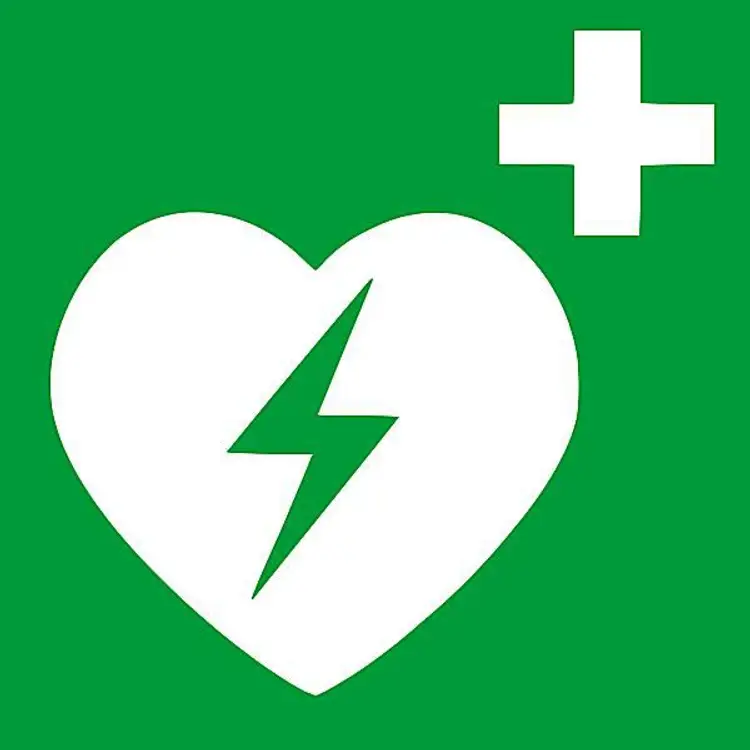
An automatic external defibrillator, AED, is a device that allows a person to recover their heart rhythm if they have suffered a stoppage. The sign indicates the location of an automated external defibrillator.
5. Fire blanket
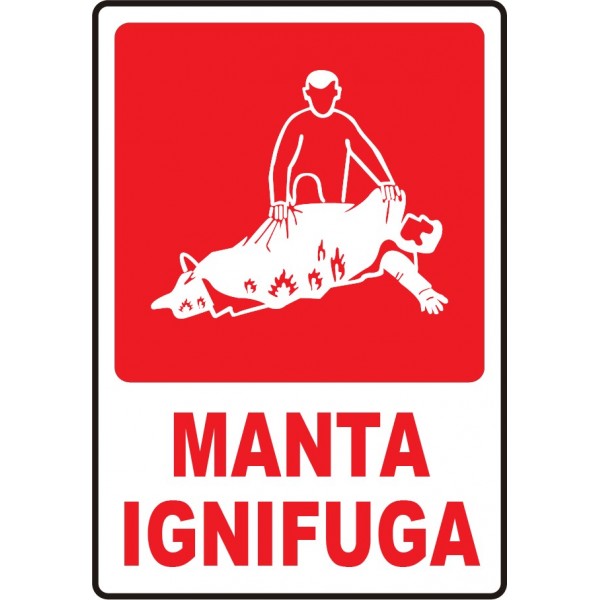
A fire blanket is a safety device that allows you to extinguish a small or incipient fire. The sign indicates the location of a fire blanket.
6. Radiation
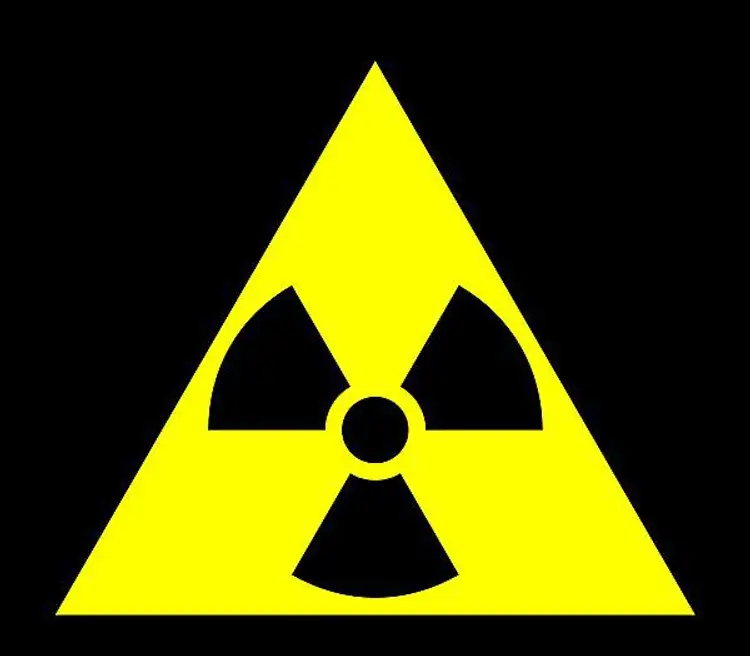
The symbol indicates the presence of radioactive material, radioactive sources or ionizing radiation.
7. Recycled
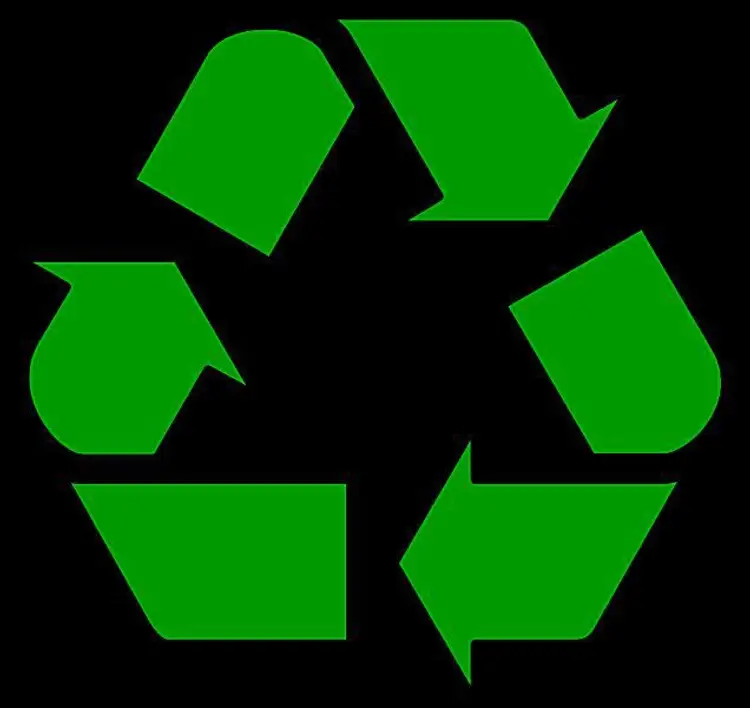
This symbol indicates the location in the laboratory of a container intended to place material to be recycled.
8. Toxic substances
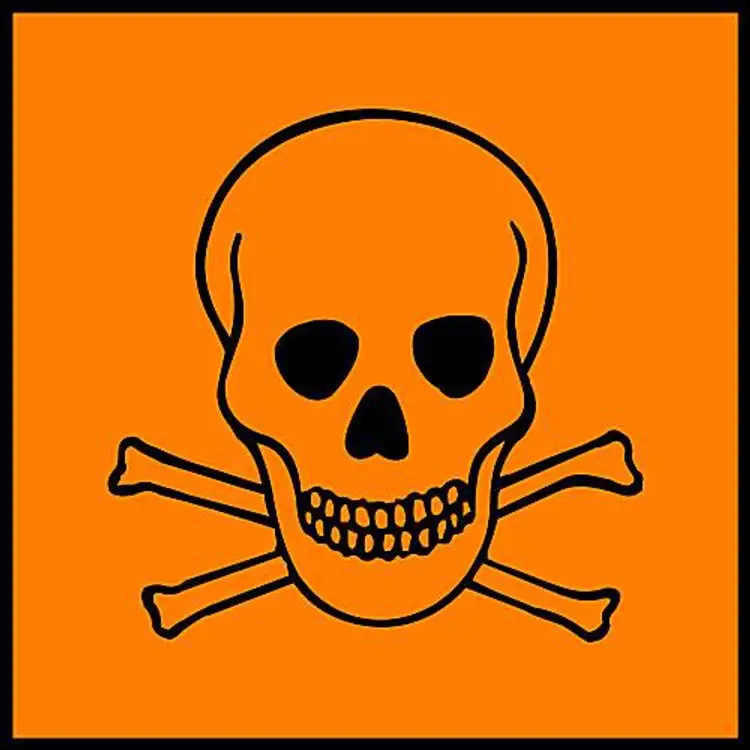
The symbol indicates the presence of toxic substances.
9. Irritating substances
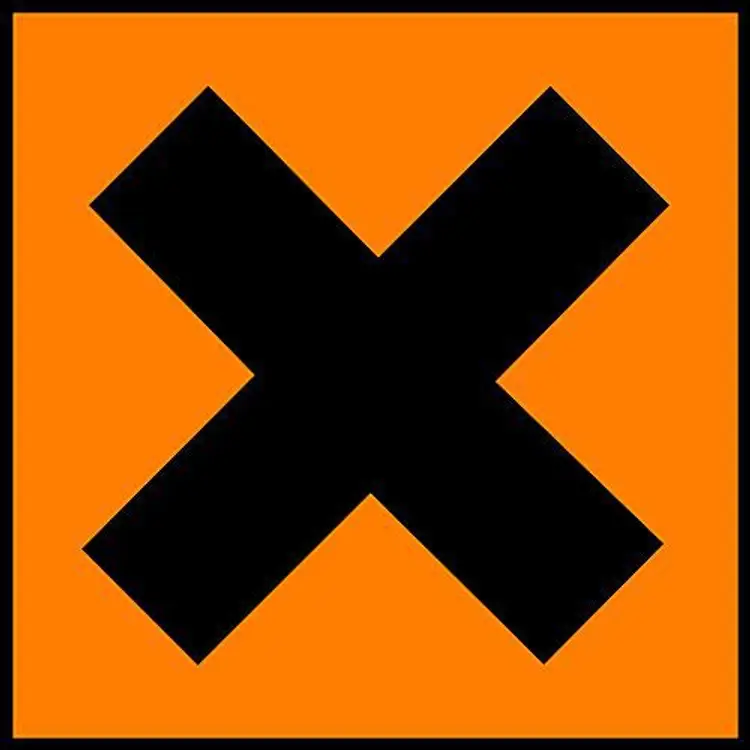
The symbol indicates the presence of substances that cause skin or eye irritation, or any potentially harmful chemical substance.
10. Flammable substances
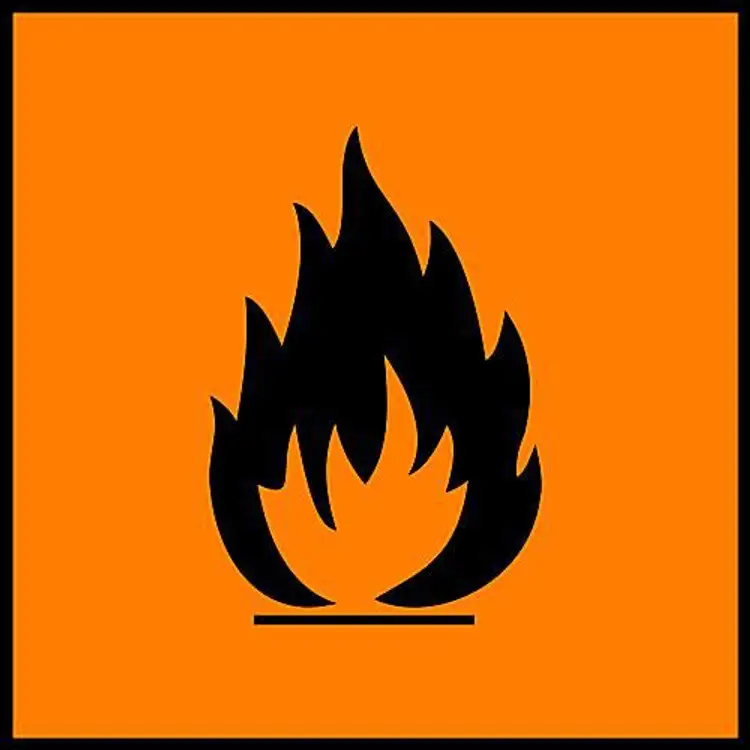
The symbol indicates the presence of flammable substances or the danger of fire in the premises.
11. Explosive substances
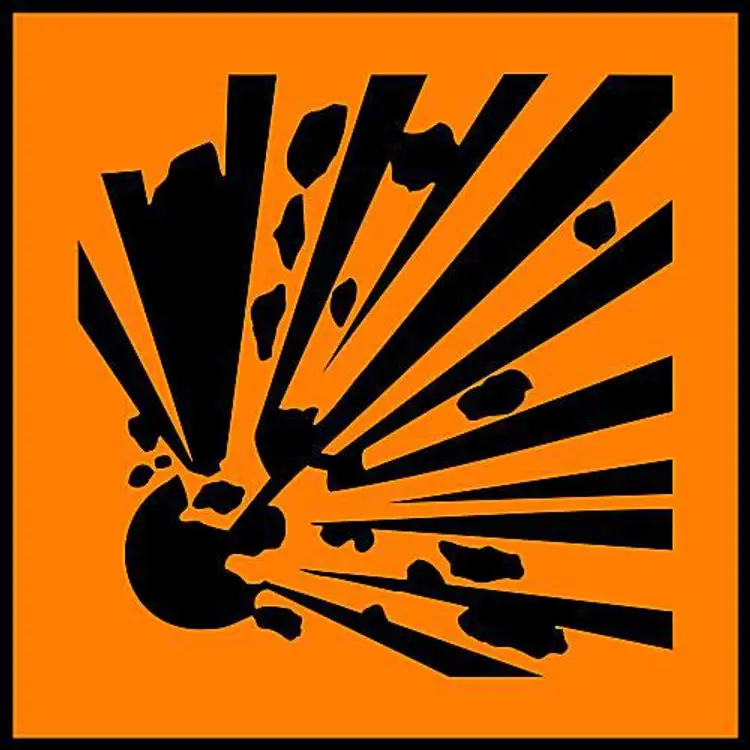
The symbol indicates the presence of explosive substances or danger of explosion in the facilities.
12. Oxidizing substances
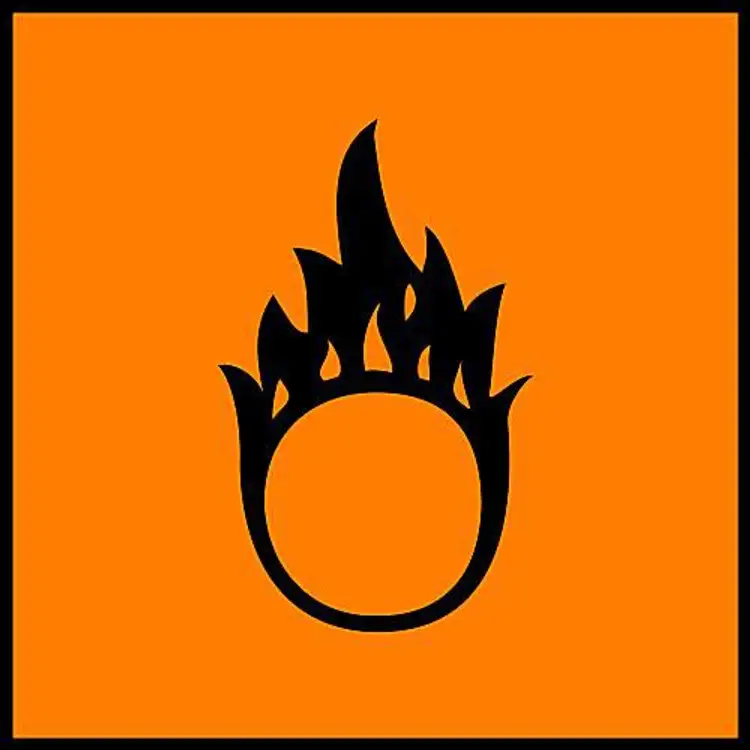
The symbol indicates the presence of oxidizing substances in the installations.
13. Corrosive substances
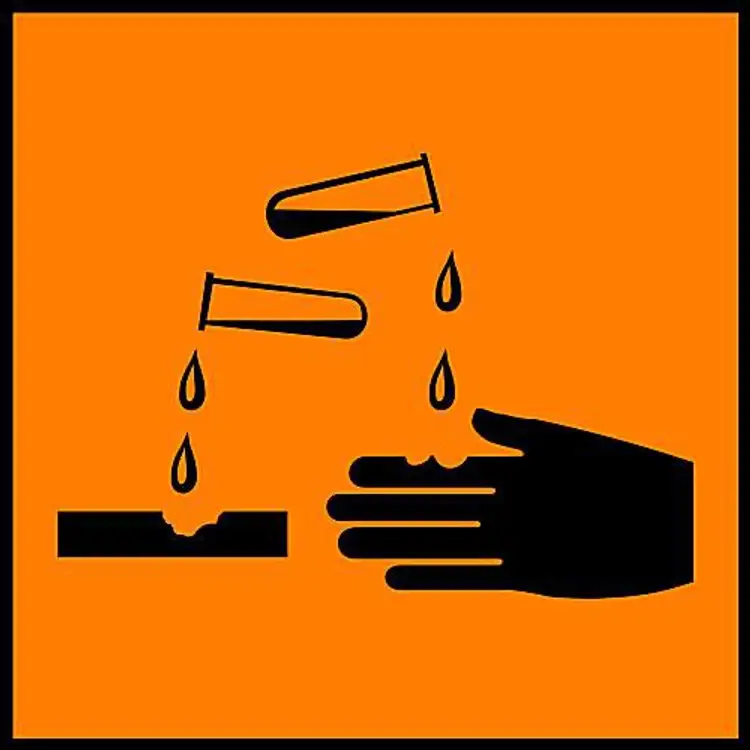
The symbol indicates the presence of corrosive substances in the facilities.
14. Environmental risk

The symbol indicates that there is a risk to the environment in that location.
15. Respiratory protection
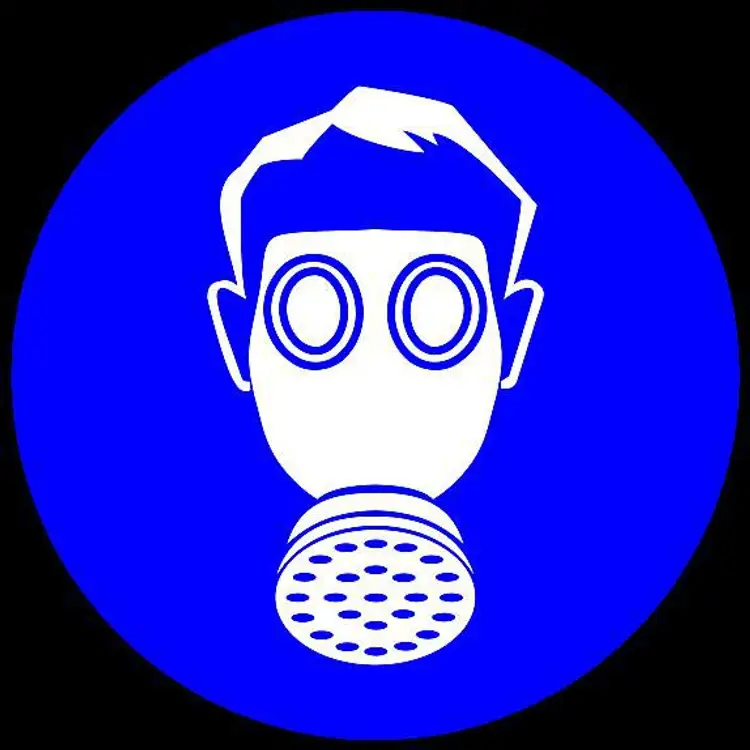
The symbol indicates that in this environment you must work with respiratory protection. The equipment is mandatory.
16. Use of gloves
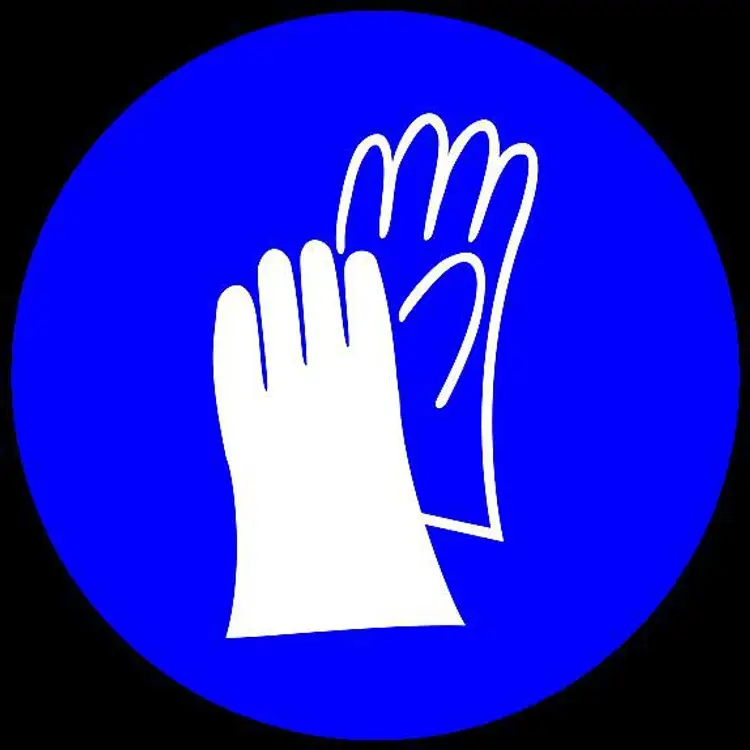
The symbol indicates that you must work in this place using gloves. The equipment is mandatory.
17. Face or eye protection

The symbol indicates that work in this place must be carried out using protection for the face and eyes. The equipment is mandatory.
18. Protective clothing

The symbol indicates that you must work in that place using clothing that provides adequate protection. The equipment is mandatory.
19. Safety footwear

The symbol indicates that in that place you must work using safety footwear, footwear that provides adequate protection. The equipment is mandatory.
20. Eye protection

The symbol indicates that you must work in this place using eye protection. The equipment is mandatory.
21. Hearing protection

The symbol indicates that you must work in this place using hearing protection. The equipment is mandatory.
22. Danger
The symbol is a general indication that there is a situation at that location that involves a risk of severe accident. It may be accompanied by a specific indication of the cause of the risk.
23. Caution
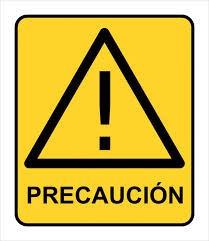
The symbol is a general indication that there is an unexpected situation at that location that requires special attention. It may be accompanied by a specific indication of the cause for the demand for care.
24. Elements for fire extinguishing: fire extinguisher

The symbol indicates that in that location there are systems or elements for fire extinguishing; in particular, it indicates that a fire extinguisher is available.
25. Elements for fire extinguishing: hose

The symbol indicates that in that location there are systems or elements for fire extinguishing; in particular, it indicates that a hose is available.
26. Flammable gas
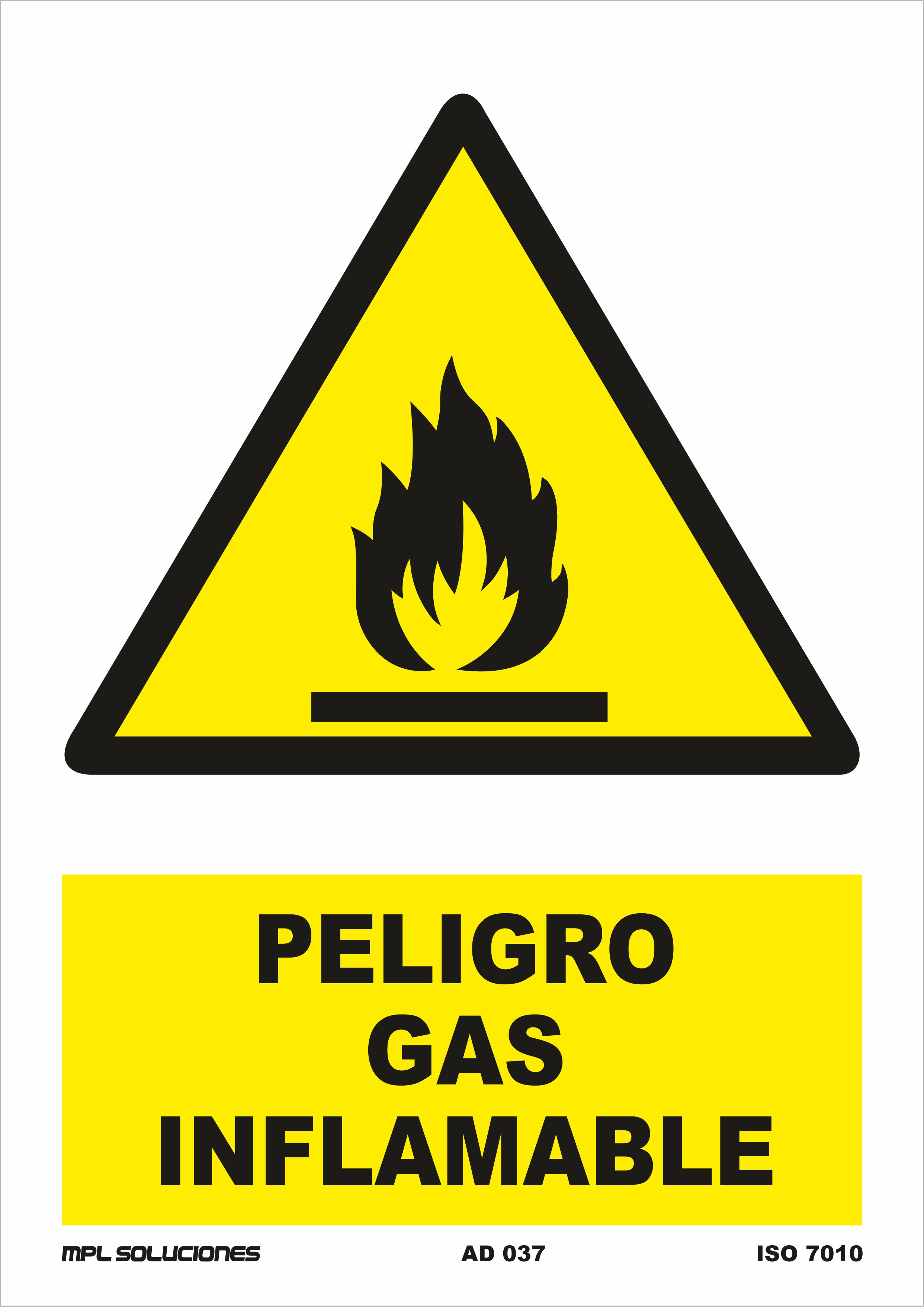
The symbol indicates that there is flammable gas in that location. A flammable gas is one that ignites or generates an explosion when it comes into contact with an ignition source. Examples of flammable gases are hydrogen, acetylene, methane or propane.
27. Non-flammable gas

The symbol indicates that there is non-flammable gas in that location.
28. Chemical Weapon
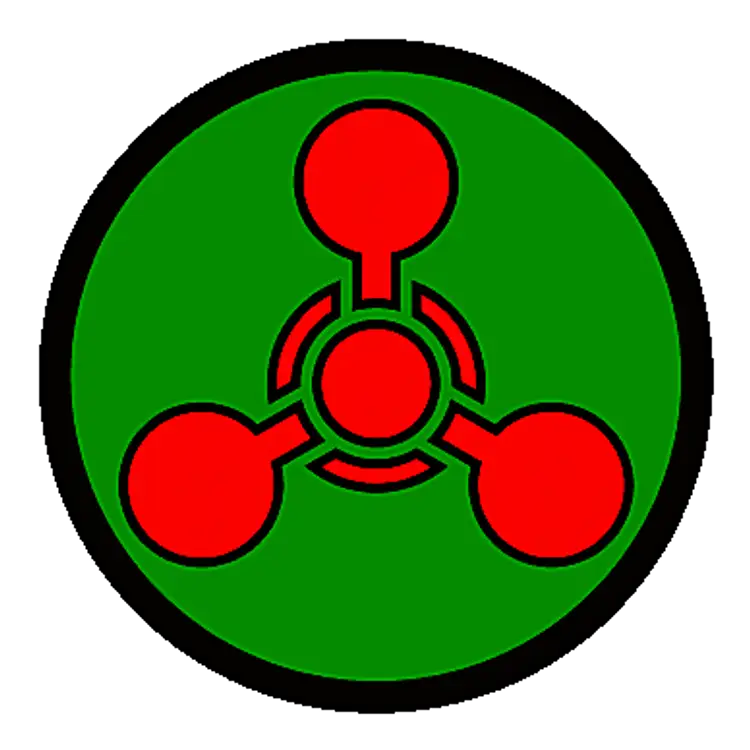
This is a symbol used by the United States Army to identify a location where there is a chemical weapon.
29. Biological Weapon

This is a symbol used by the United States Army to identify a place where there is a biological weapon.
29. Nuke
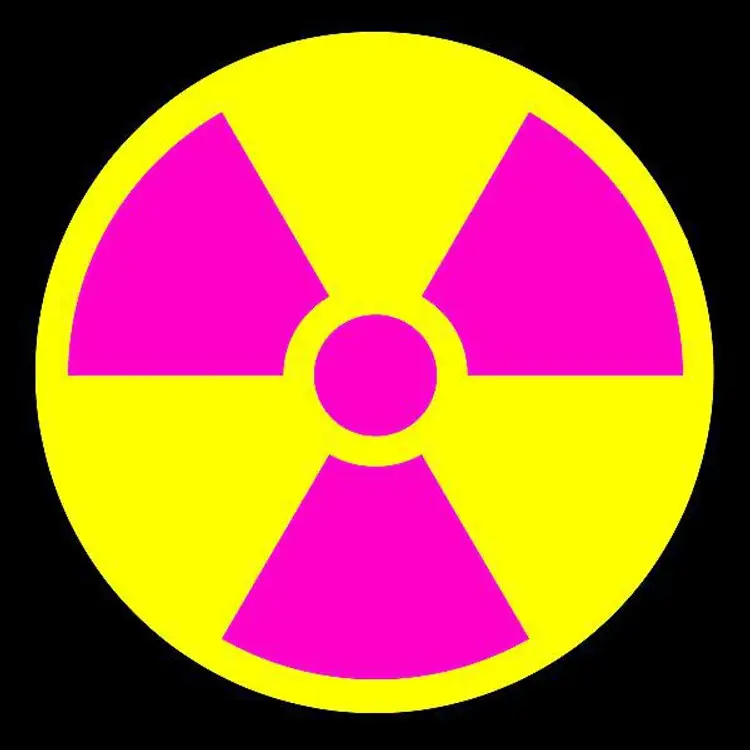
This is a symbol used by the United States Army to identify a place where there is a nuclear or radioactive weapon.
30. Carcinogenic materials or substances
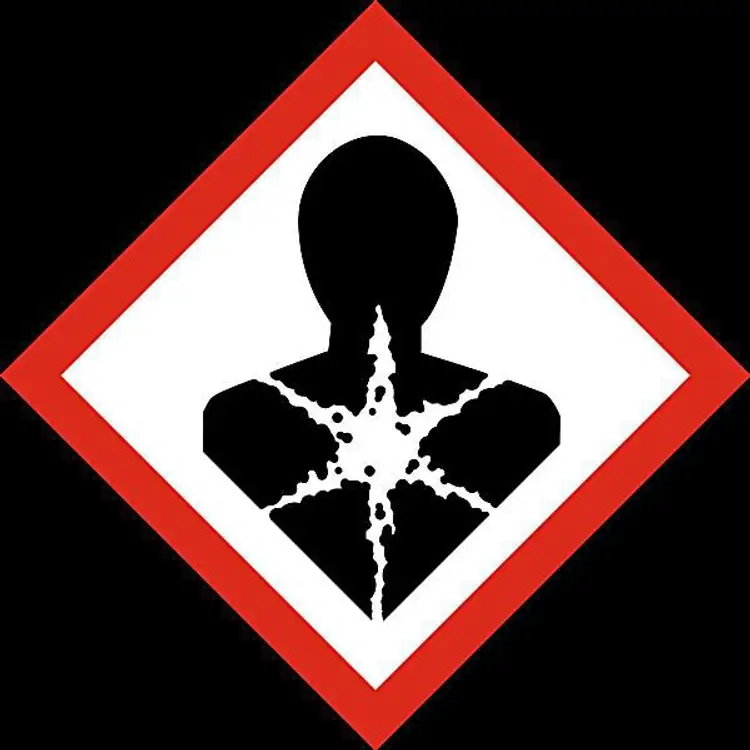
The symbol indicates that a material or substance is carcinogenic (causing cancer), mutagenic (causing genetic mutations), teratogenic (causing a birth defect during pregnancy), respiratory sensitizer, or involving specific organ toxicity in that location.
31. Low temperature
The symbol indicates that in that location the temperature is very low and there is a cryogenic risk.
32. Hot surface

The symbol indicates that there is a hot surface in that location that poses a risk of burns.
33. Magnetic field
The symbol indicates that there is a magnetic field at that location.
34. Light radiation
The symbol indicates that there is a source of intense light radiation at that location.
35. Laser radiation
The symbol indicates that there is a source of laser radiation at that location.
36. Compressed gas
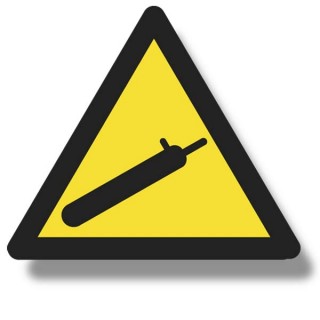
The symbol indicates that there are containers containing compressed gas in that location.
37. Non-ionizing radiation
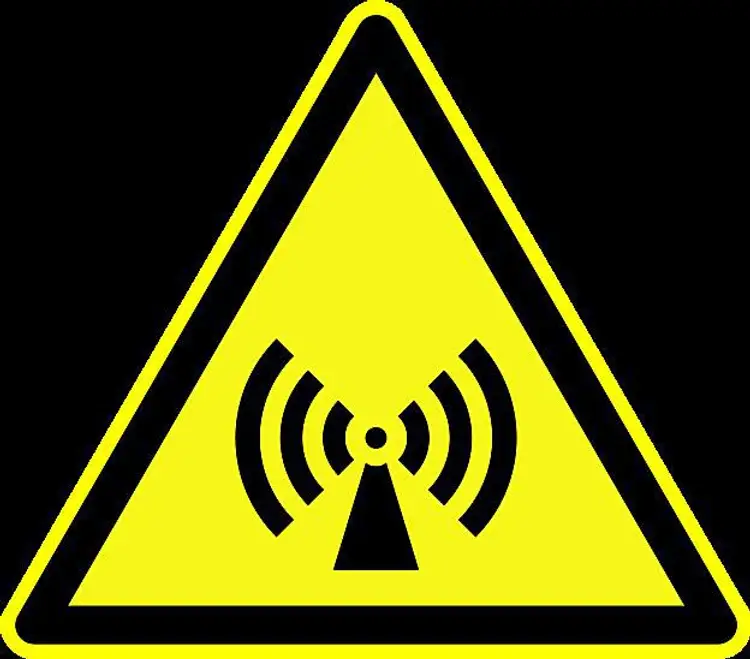
The symbol indicates that there is a source of non-ionizing radiation at that location.
38. Remote control
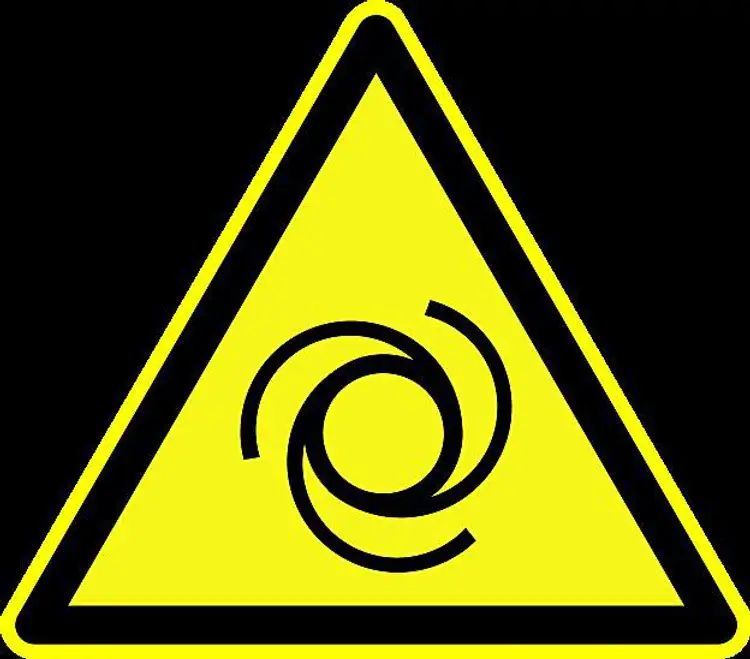
The symbol indicates that there is equipment operated with a remote control at that location.
39. Biohazard
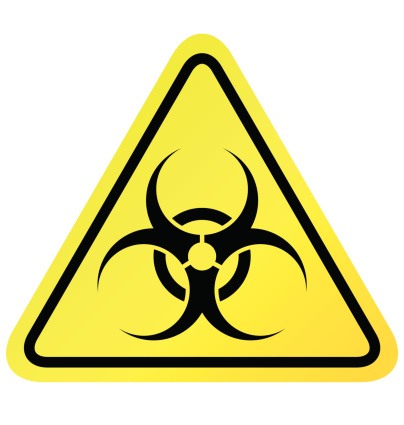
The symbol indicates that in that location there is a risk associated with the presence of biological material.
40. High voltage
The symbol indicates that there are high voltage equipment or conductors in that location.
41. Danger in contact with water
The symbol indicates that in that location there are equipment or substances that imply a risk if they are wet or come into contact with water.
42. Emergency call
In certain places or potentially critical situations, buttons are placed to make calls if emergency situations occur. Examples of these places can be hospital or airplane bathrooms, or certain strategic locations in buildings to alert about fires.
43. Evacuation points
The symbol indicates that in that location there is an evacuation point or site for a building or a facility if an emergency situation occurs.
44. Escape route
The symbol indicates an escape or evacuation route or route from a building or facility if an emergency situation occurs.
45. Irradiated foods
The symbol indicates that the food or marked material has been sterilized using ionizing radiation.



